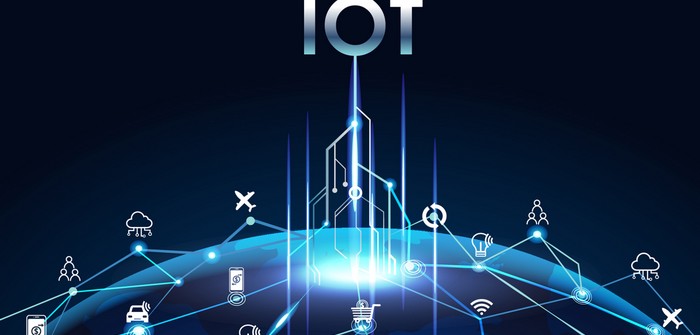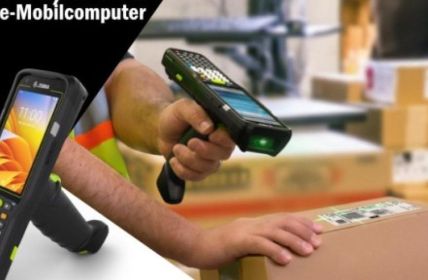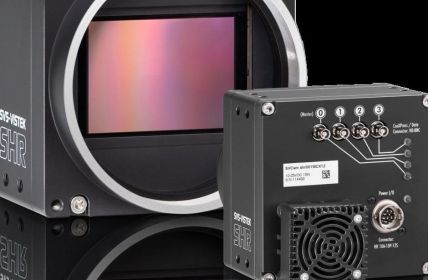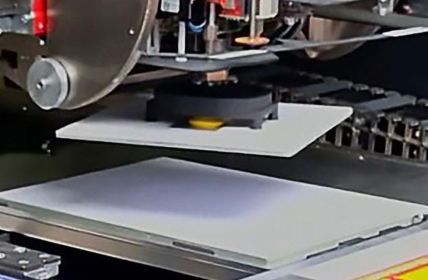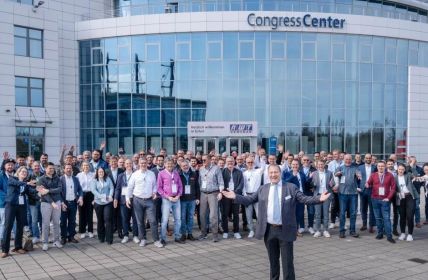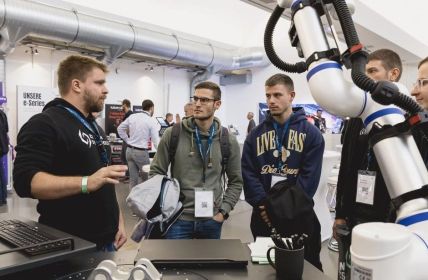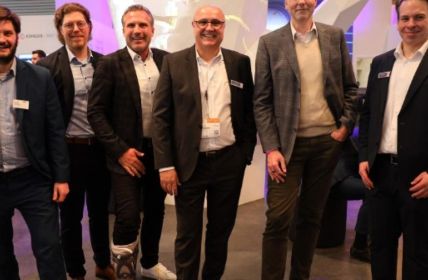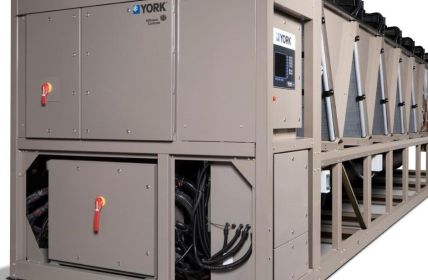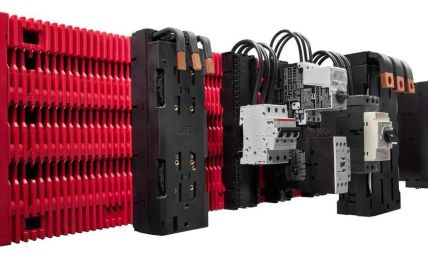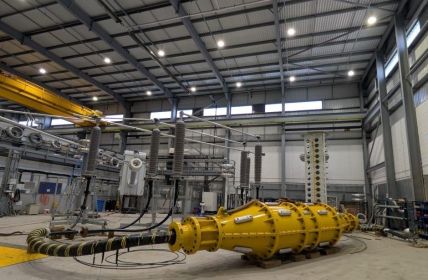The Internet of Things (IoT) is on everyone’s lips in theory, but in practical implementation in companies, the speed of market penetration still leaves much to be desired.
Table of Contents: What awaits you in this article
Promise of salvation: real-time optimization
Many developers and users of the technology associate IoT with the vision of optimized working conditions through constantly advanced digitization. By means of data obtained in real time, reliable statements are to be made about the effective use of machines and the utilization of premises. Ideally, the information gathered will then lead to adjustments that help save resources in terms of time and money. In the best case, this then results in freed-up capacities, which in turn can be used to increase innovation. Keywords for these practices are goods tracking, networked measurements, predictive maintenance or intelligent building management.
Cost-effective and simple IoT integration
To collect all the data, sensors are usually needed on an increasing scale. Fortunately for sellers and users of the technology, prices for these measurement devices have been falling for years. Statistics indicate that in 2010, it was necessary to pay around 0.66 euros for the digital capturers. In 2020, the same modules cost only 0.29 euros. A cost saving of over 50 percent should actually be a massive incentive to implement them in one’s own company structure, one might think. Especially when the comparatively simple installation of the solutions is praised in many places. Simply connect the applications and the values could start flowing. And yet many companies are still hesitant about integration. Why?
IoT: Not always as easy as thought
In addition to the fact that many entrepreneurs often already have enough on their plate to deal with the day-to-day problems of their companies, the installation of IoT solutions is not quite as simple as is always rumored. After the initial seemingly simple setup of an IoT network, many users notice that a few additions are often needed to ensure smooth operation.
For example, when converting from conventional to smart lighting systems, it is not enough to simply change the type of light bulb. Network and control software, photoreceptors, sensor and lighting programs, as well as a zone design and gateway controller, among other things, are also needed.
Investment in the future
However, all the obstacles should not stop anyone from approaching this innovation. Not only is the Internet of Things already part of reality today, it is also making more and more room in people’s everyday lives. Many customers are already using IoT-enabled technology in one way or another. And there is no end in sight, quite the opposite. So it goes without saying that companies better adapt to the trend if they don’t want to risk their business models becoming obsolete sooner or later.
That’s why interested parties should evaluate their own current needs. Is it worth purchasing and installing a new lighting system to save money? Are there new government or market mandated regulations that can be more easily implemented using IoT? Do you stand to gain new potential if you can better track your own facilities and inventory?
If the answers to such questions are increasingly positive, it is advisable to meet with independent experts. Consultants who do not act in personal union with a manufacturer are more likely to be able to determine the actual needs and provide meaningful tips. Finally, it is recommended that IoT technology only be integrated in partial steps. There is not yet an all-encompassing solution on the market for every problem. And the existing ones are being overtaken more and more quickly by technological evolutions. Therefore, it is worthwhile not to solve everything in one fell swoop and then not to worry about it anymore. Instead, you should always remain open to new things and keep an eye on the state of development.


